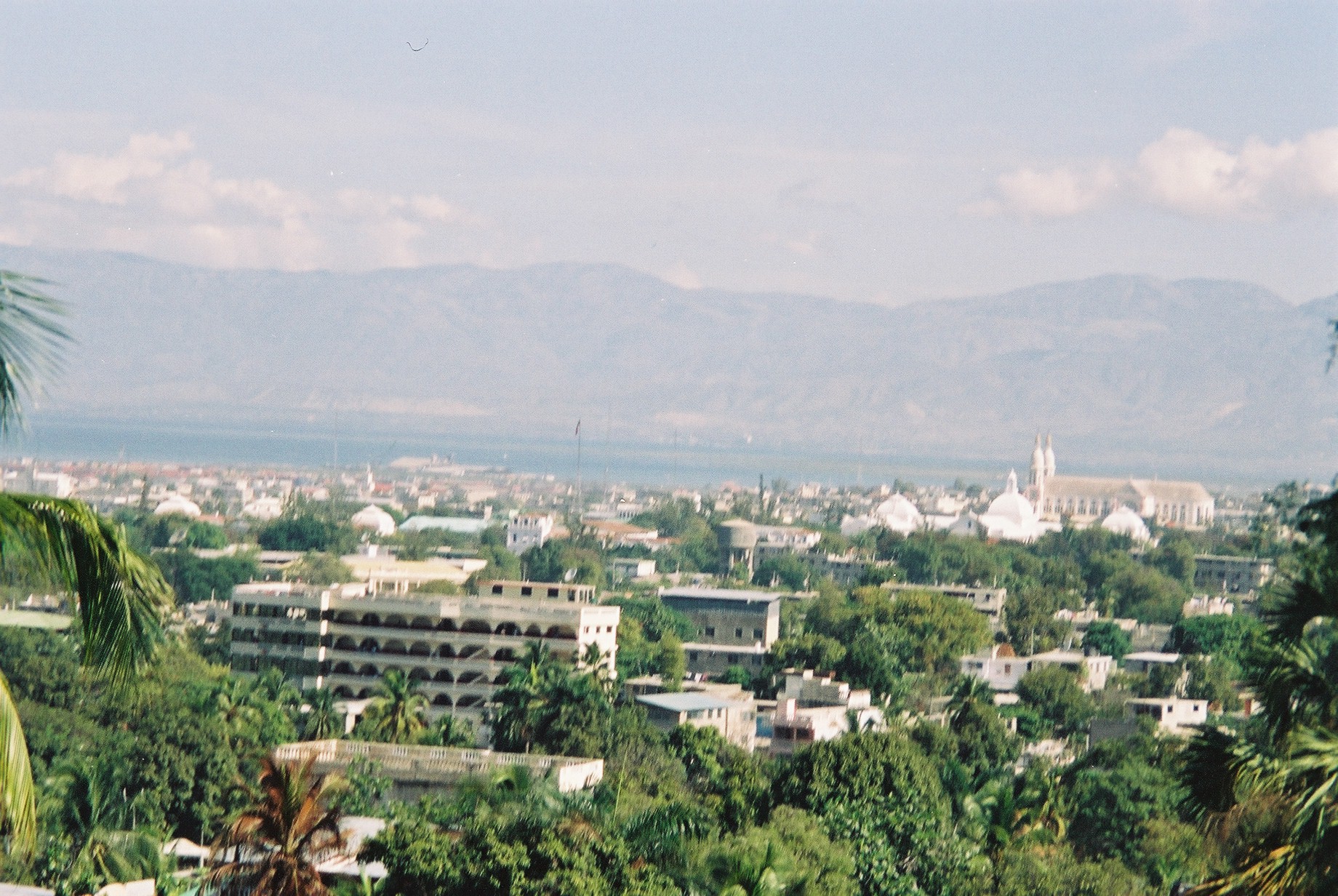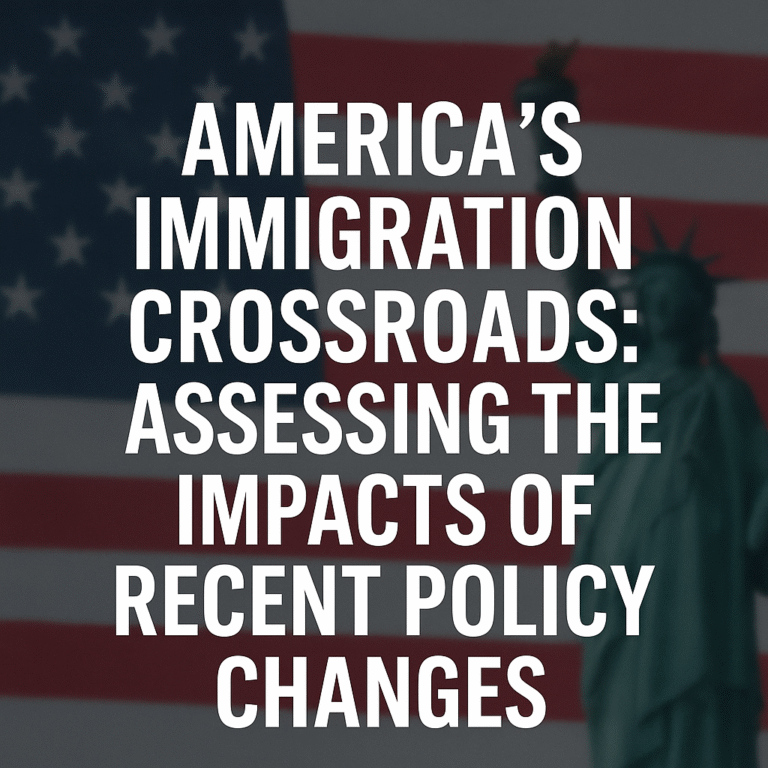
Modern Haiti (2004-Present):
The modern era of Haiti, from 2004 to the present, is marked by continued political instability, economic challenges, natural disasters, and efforts to rebuild and develop the nation. This period reflects Haiti’s ongoing struggle to overcome its complex history and establish a foundation for sustainable progress.
René Préval’s Second Presidency (2006-2011): René Préval returned to the presidency in 2006 and focused on addressing social and economic issues. His second term was marked by attempts to improve education, healthcare, and infrastructure. However, Haiti’s vulnerabilities were exposed once again in 2010 by the devastating earthquake.
2010 Earthquake and Recovery Efforts: The earthquake that struck Haiti in 2010 was a turning point in the country’s recent history. The disaster resulted in a massive loss of life, widespread destruction, and a significant humanitarian crisis. International assistance poured in to support recovery efforts, but the challenges were immense.
Reconstruction and rebuilding efforts faced obstacles such as land tenure disputes, lack of infrastructure, and political disagreements. While progress was made, the process was slow and complicated, highlighting the need for comprehensive planning and sustainable development.
Political Instability and Elections: Haiti’s political landscape remained fraught with instability and contested elections. Disagreements over election results, accusations of fraud, and shifts in leadership hindered the establishment of consistent governance.
Periodic protests and civil unrest emerged as citizens expressed frustration with perceived corruption, inequality, and lack of progress. The resulting instability further impeded efforts to address the country’s challenges effectively.
Natural Disasters and Humanitarian Crises: Haiti continued to face natural disasters, including hurricanes, tropical storms, and flooding. These events had devastating consequences, exacerbating existing vulnerabilities and straining the nation’s infrastructure and resources.
Humanitarian organizations and international aid played a crucial role in providing assistance and relief during these crises. However, the frequency of disasters highlighted the importance of building resilience and disaster preparedness within Haiti’s development plans.
Economic Struggles and Development Efforts: Haiti’s economy faced ongoing challenges, including high unemployment rates, poverty, and limited access to basic services. The lack of investment, political instability, and systemic issues hampered economic growth and development.
Efforts to promote economic development included initiatives to encourage investment, boost agriculture, and improve education and healthcare. However, progress in these areas was often hindered by the broader challenges facing the country.
COVID-19 Pandemic Impact: The global COVID-19 pandemic further strained Haiti’s fragile healthcare system and economy. The pandemic highlighted the urgent need for improved healthcare infrastructure and access to essential services. The government and international partners worked to address the impact of the pandemic on both public health and the economy.
Continuing Challenges and Future Prospects: Haiti continues to grapple with a range of challenges, from political instability and governance issues to economic struggles and vulnerability to natural disasters. The country’s history in the modern era reflects both resilience and the complexity of its circumstances.
Haiti’s path towards sustainable development and progress requires a concerted effort from the government, civil society, international partners, and the Haitian people themselves. Building stronger institutions, addressing corruption, and fostering inclusive economic growth remain critical priorities for shaping Haiti’s future.
The modern era of Haiti, from 2004 to the present, is a story of resilience, challenges, and ongoing efforts to overcome a complex history. While the nation faces political, economic, and environmental difficulties, the determination of the Haitian people and the support of the international community continue to shape Haiti’s path toward stability, development, and a better future.






